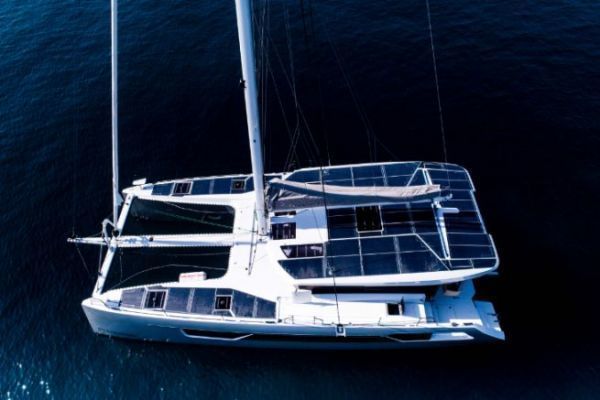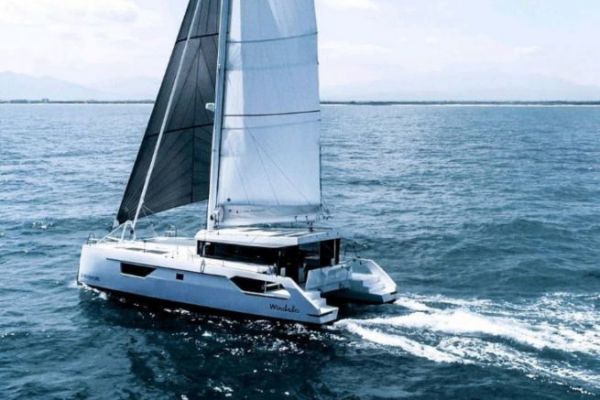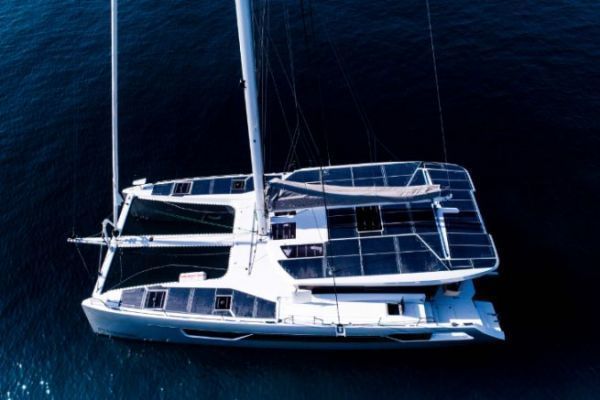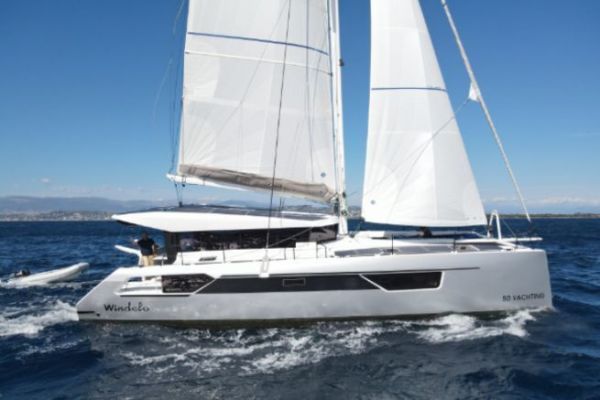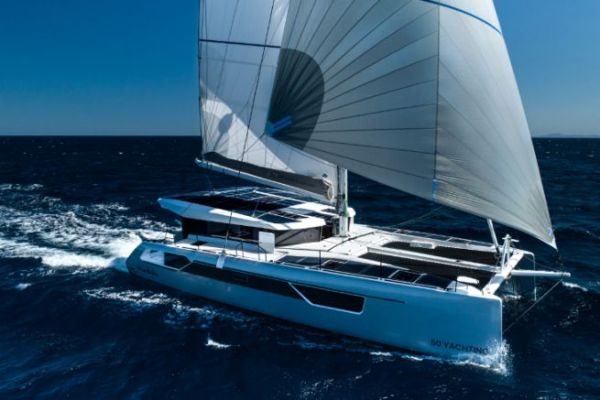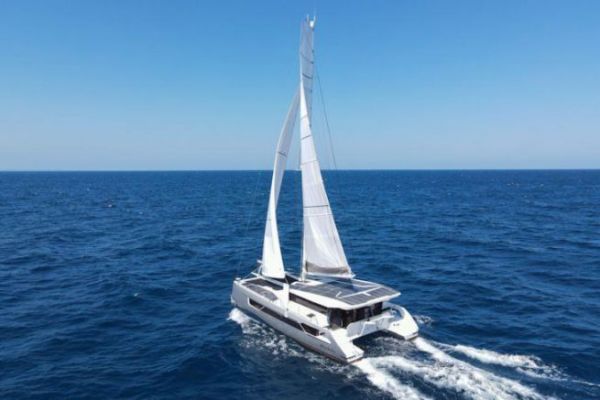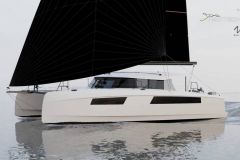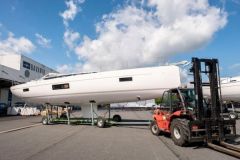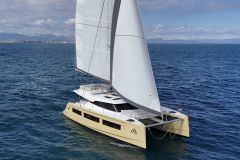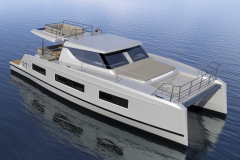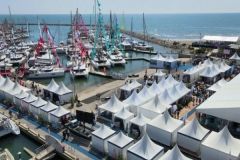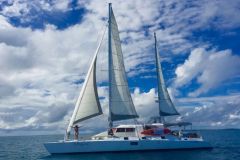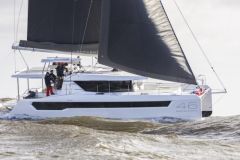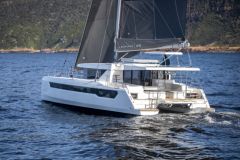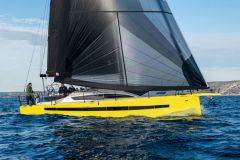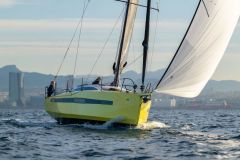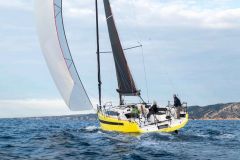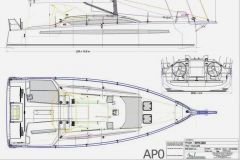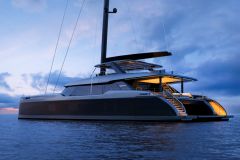To find the Windelo shipyard, you need to go to Canet-en-Roussillon, a small town in the Occitania region in southern France. It may not have any famous monuments, but it is home to a number of multihull builders, including the famous Catana shipyard. And the region's workforce and know-how are widely recognized in the multihull world.
The company recently moved into a new 17 000 sqft factory, with the possibility of expanding to 116,250 sqft in the future. The move comes at the right time, as Windelo is enjoying growing success with a full order book.
Combining performance and ecology
The man behind the project is Olivier Kauffmann, a retail specialist who was looking for a high-performance catamaran that would be both easy to live in and sturdy. When he couldn't find what he was looking for, he decided to create his own brand, but not to launch yet another brand on the market. He wanted something different, with a particular focus on ecology. The idea was to build boats in an environmentally-friendly way, choosing low-consumption electrical appliances on board, but also designing lightweight furniture to maintain performance. From the beginning, the plan was also to provide an emission-free, i.e. electric, engine.
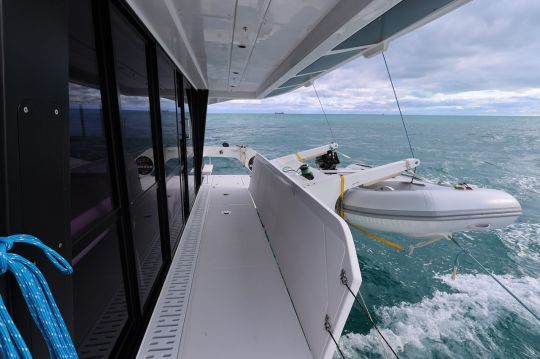
To bring this project to fruition, Windelo called on Christophe Barreau, a renowned naval architect who has designed a number of famous Catana and Outremer models.
To achieve an environmentally-friendly manufacturing process, Windelo completely banned epoxy and turned to a rather unique material: basalt fiber. This material is strong, light and totally recyclable. This allows the catamaran to reduce its weight and ecological footprint by 45%.
Last but not least, the electric motor, combined with 6000 watts of solar panels, also contributes to more environmentally-friendly sailing.
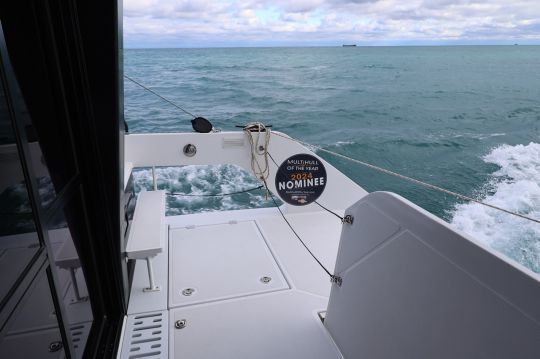
The range currently includes two models, which are themselves available in three trim levels: Adventure, Yachting and Sport. The Adventure series represents the entry-level, the Yachting series offers a full range of equipment for on-board comfort, and finally, as its name suggests, the Sport series is dedicated to performance, with simpler features to save weight.
A new version of the first model launched in 2021
Aesthetically, the Windelo 50 we tested (N° 7) is quite similar to the first model, unveiled in 2021. The catamaran still boasts an aggressive look, with high, tapering bows, a large black band integrating the portholes on the hull, and an opening in the aft bulwarks. The wheelhouse, with its square shape, evokes sturdiness, while the roof, extended by a long cap, houses a vast array of solar panels. However, the angles have been rounded off a little, and the lines have become tauter, giving this catamaran a slightly sporty appearance.
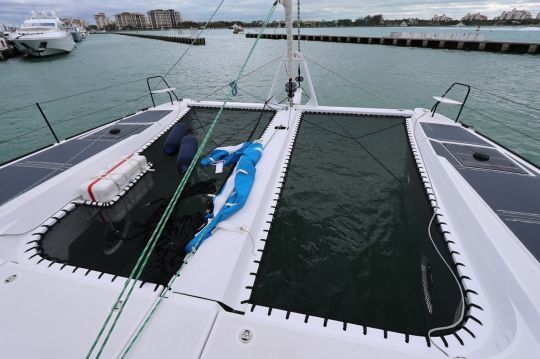
Like the bows, the nacelle is fairly high above the water, and the entire bow features a classic trampoline, with the exception of the forward transverse beam and the longitudinal beam extended by a bowsprit.
The stern is quite unusual too since a part of the deck folds up when sailing, acting as a guardrail. In the open position, this extends the cockpit aft while supporting the tender thanks to the davits integrated into this element. It's a pity, however, that there are no balcony on the rear of the platform, especially if you're sailing with children.
On the other hand, the skirts are big enough, whether for swimming or boarding a tender.
